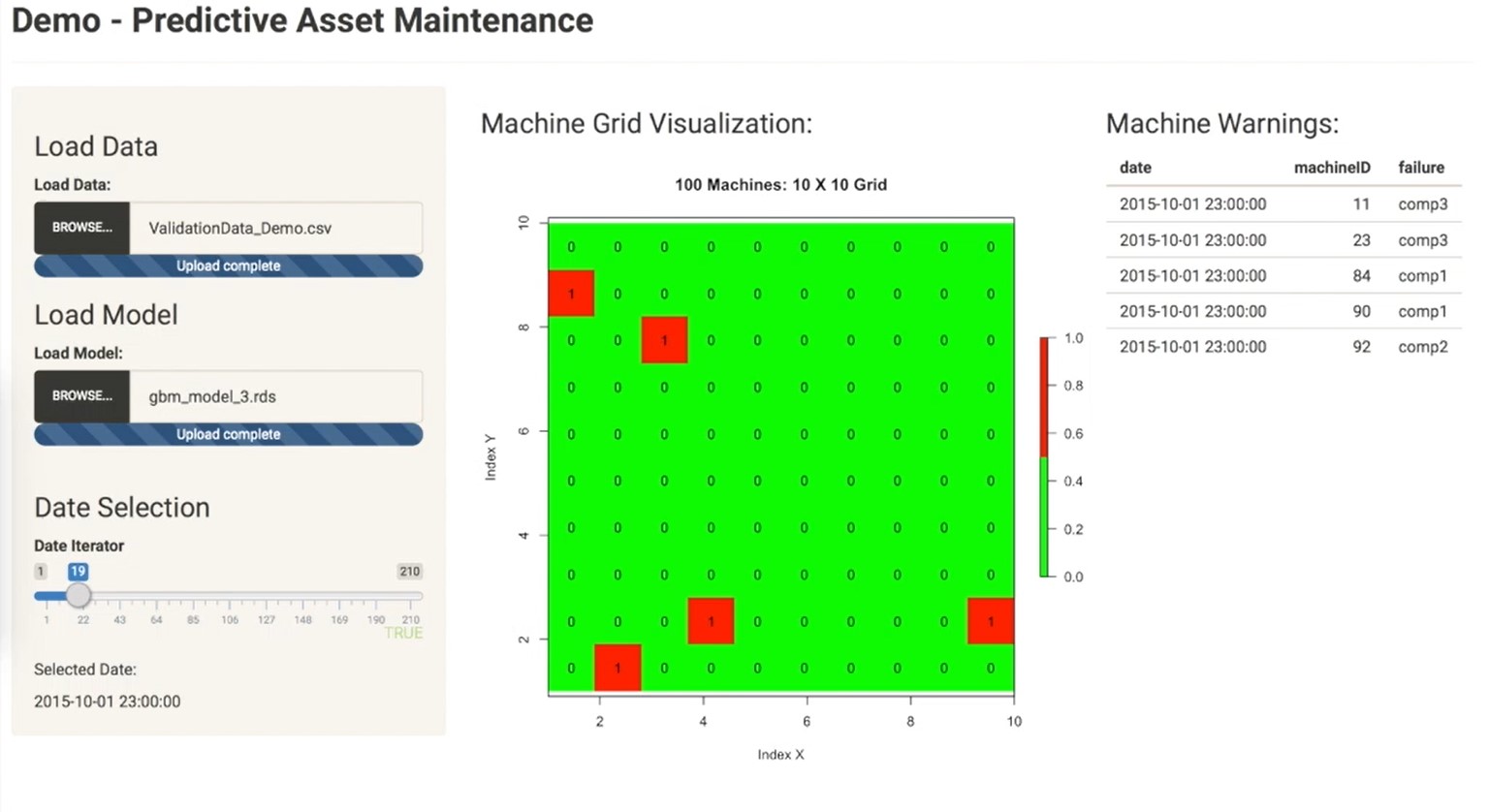Big Data and Artificial Intelligence have opened up an unprecedented range of possibilities to get much more out of Data. In this sense, new applications of Predictive Analytics and Data Science have found their way to different sectors of Society, such as Health, Education or Communication, as well as giving rise to the Digital Transformation of Companies, pushing them to adapt to this new era, making the Data gain more and more Value in their different Business Strategies.
Companies whose Products or Services, or their Sales Channel, are Digital by definition, such as Audiovisual Platforms or Online Sales Platforms (Marketplaces), face this digital change more naturally and easily.
On the other hand, Industries that depend on the physical production of Products, such as Automotive, Pharmaceutical, etc, usually have a longer way to go to be considered a Data-Driven company. However, there are more and more examples of Predictive Analytics applications that are transforming, optimizing, and even improving several Business Processes in this type of Companies. A clear example – which we will discuss in more detail in this post – is the Predictive Maintenance of Industrial Machinery.
For many companies that depend on a production line, it is critical to maximize the uptime of the machines that are part of it. In this sense, any failure of a machine that is part of a sequential production line brings manufacturing to a complete standstill. This type of situation causes the cost per unit of product produced to increase, thus cutting economic margins. Where in the past these failures were assumed as a “law of life”, today it is possible to implement Predictive Models in real time that allow proactive strategies to anticipate these failures and correct them before they occur.
The main enabler for making this possible is the Internet of Things (IoT). IoT encompasses an increasingly well-known field of devices and sensors that are connected to the cloud. In this way, the data generated by these devices can be stored and analyzed in real time. The combination of advances in this technology and the increasingly lower costs associated with the different sensors, make it worthwhile today to sensor the machines in a factory, both from a technological and economic point of view. In this way, it is possible to collect data coming from these machines in real time, thus allowing the use of this data for Predictive Analytics applications.
There are a large number of variables that could be relevant to predict whether a machine is going to fail in the short term, such as the times of a certain process, different voltage or current readings, and humidity or pressure levels. Based on these different data sources, a Predictive Analytics model is able to learn the patterns that often precede machine failures. This allows the creation of an autonomous mathematical model capable of identifying these patterns before failures occur, thus enabling a preventive maintenance process to be carried out on the machine without shutting down production due to a failure.
It is worth noting that these models usually improve with the amount of data used to train them. As a general rule, this means that the quality of these models improves with time (more data) and also ensures that the models are able to self-adjust when they detect new patterns, as might happen when changing a sensor for a similar (but not identical) one.
In the video below, you can see the result of a proof of concept performed by PredictLand related to a Predictive Maintenance case. For this purpose, a Predictive Model has been developed that is not only able to detect a machine failure 24 hours ahead, but also identifies the machine component that is going to fail.
As can be seen, this is a situation in which 100 identical machines (a 10 x 10 board) are running in parallel in a given manufacturing process. In the video, it can be seen that as time goes by, alerts (in red) are triggered that identify which machine is going to fail in the next 24 hours. Additionally, in the table on the right side of the visualization, you can see which components will fail for each machine susceptible to failure.
The model was trained using Telemetry data (voltage, pressure, etc.), as well as general machine data (specifications, age) and the history of repairs and failures. In addition to these variables, a Predictor Engineering process was also carried out, in which additional Predictors (variables) were created that did not explicitly exist in the original Data and that allowed to obtain the failure forecasts with much higher accuracy. The use of all these variables resulted in an Algorithm capable of predicting these failures 24 hours ahead with an estimated accuracy rate of 95%.



